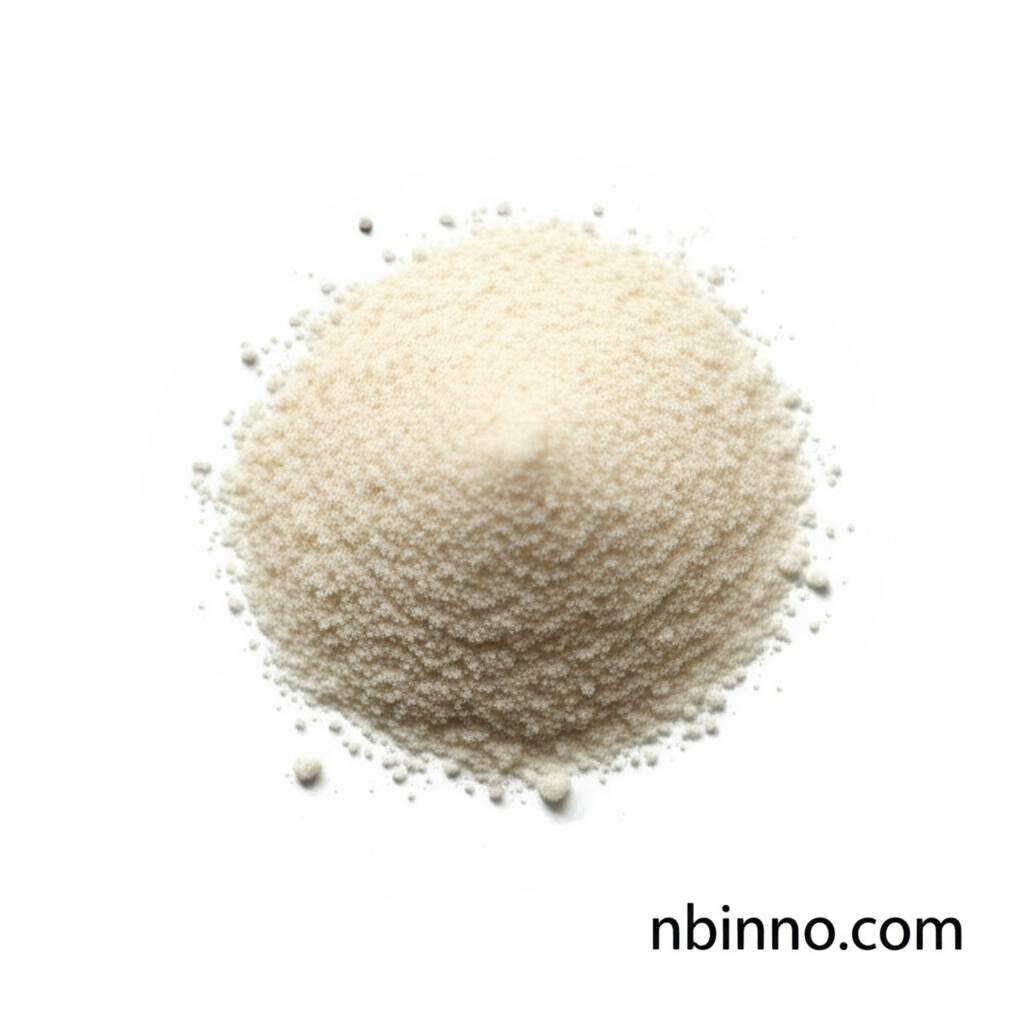Unlock Chemical Synthesis with 4-Aminophenylboronic Acid Pinacol Ester
A crucial building block for cutting-edge organic synthesis and pharmaceutical innovation.
Get a Quote & SampleProduct Core Value

4-Aminophenylboronic Acid Pinacol Ester
This compound is a highly valued organic intermediate, pivotal in enabling complex chemical transformations. Its unique structure facilitates efficient Suzuki-Miyaura cross-coupling reactions, a cornerstone for forming robust carbon-carbon bonds, essential in the synthesis of advanced organic molecules and novel pharmaceuticals.
- Explore the synthesis of 4-aminophenylboronic acid pinacol ester for a wide array of applications.
- Leverage the power of 4-aminophenylboronic acid pinacol ester Suzuki coupling to construct intricate molecular architectures.
- Discover its role as a key component in organic intermediates for drug development, accelerating research and product creation.
- Utilize this compound in materials science, contributing to the development of advanced polymers and electronic materials.
Key Product Advantages
Synthetic Versatility
As a critical component in organic synthesis, it broadens the scope of achievable chemical structures, making it indispensable for researchers seeking innovative solutions.
Pharmaceutical Building Block
Its utility in pharmaceutical synthesis makes it a sought-after intermediate for creating new therapeutic agents, contributing to advancements in medicine.
Material Innovation
In materials science, this compound aids in developing new materials with enhanced electronic and physical properties, driving innovation in technology.
Key Applications
Drug Discovery & Development
A fundamental intermediate for synthesizing potential pharmaceuticals, aiding in the creation of targeted therapies for various diseases.
Advanced Organic Synthesis
Essential for complex molecule construction via cross-coupling reactions, enabling breakthroughs in chemical research.
Materials Science Research
Used in the development of novel polymers, semiconductors, and other advanced materials for electronic and optoelectronic applications.
Bioconjugation & Diagnostics
Its functional groups allow for attachment to biomolecules, supporting advancements in biosensors and diagnostic tools.
